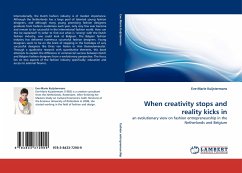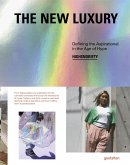Internationally, the Dutch fashion industry is of modest importance. Although the Netherlands has a large pool of talented young fashion designers, and although many young promising fashion designers graduate from fashion academies each year, only very few ever become and remain to be successful in the international fashion world. How can this be explained? In order to find out what is 'wrong' with the Dutch fashion industry, one could look at Belgium. The Belgian fashion industry has delivered numerous successful fashion designers. Young designers seem to be on the brink of stepping in the footsteps of very successful designers like Dries van Noten or Ann Demeulemeester. Through a qualitative research with quantitative elements, this book attempts to explain the difference in commercial success between Dutch and Belgian fashion designers from a evolutionary perspective. The focus lies on two aspects of the fashion industry specifically: education and access to external finance.








